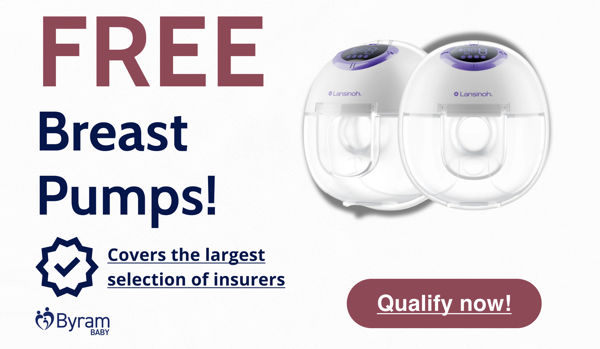Babies can be born with something called lanugo and vernix present. These are two separate things and are not present in all newborns, especially babies born past their due date.
What Is Lanugo?
Lanugo is a fine hair that covers the baby's entire body. Only 30% of babies are born with lanugo because it usually falls off a few days or weeks before birth. Lanugo mixes with the amniotic fluid when it falls off, and your baby swallows it, which is why sometimes tiny hairs can be found in your baby's first poop or meconium. Some describe lanugo as peach fuzz, commonly found on the baby's back or ears. This peach fuzz typically goes away within a few months of birth. Premature babies are likely to have this lanugo for a while longer simply because, gestationally, they are younger than babies born at term.
Lanugo should not be removed as it protects your baby's sensitive skin. You can simply leave it to fall off over time. I find that lanugo an adorable feature in newborns, and I love capturing photos of it before it all falls off.
What Is Vernix?
Vernix is a white and cheesy-looking substance that initially coats your baby's skin while they are in your uterus. I always call it "birthday frosting" because it is thick like a nice buttercream, and it is your baby's birthday, after all! This cheesy coating protects the baby's body from the amniotic fluid until birth. Not only does vernix protect your baby's skin from continual exposure to amniotic fluid, but it also helps with thermoregulation and is antimicrobial.
Babies who are born premature or even babies at term can be born with vernix either covering their body or stuck in the cracks and folds of their body. This substance can have benefits even after the baby is born, which is why many parents are requesting a delayed bath and rubbing it in rather than rubbing it off and a bath immediately after birth.
Vernix is one of the best moisturizers. Every so often, one of our babies is born with so much vernix that it gets on my gloves or arm while caring for them, and no doubt that I always rub that stuff in. I once saw a proud dad rub the vernix into his tattoo to help with healing. It was funny, and I bet it helped a lot. As mentioned above, vernix also has antimicrobial properties, which can help protect your baby from sickness and disease immediately after postpartum. Lastly, it has antioxidant properties that can help protect it from cell damage. Even if you don't want to rub the vernix in, if you simply ignore it, it will melt into the baby's skin within a few hours postpartum. The biggest benefits of leaving it on are that you can get continual bonding time with your newborn without interruption from a bath and help prevent hypothermia, which baths can cause.
Should I Be Worried?
Although some of these things might seem alarming or surprising if you are unprepared for them, knowing what vernix and lanugo gives you the power of information. Knowing whether or not it changes how you do things in the immediate postpartum is crucial. So, now you know if your baby is born a little furry or has some birthday frosting, they are normal, and there is no need to worry or do anything about it either.






